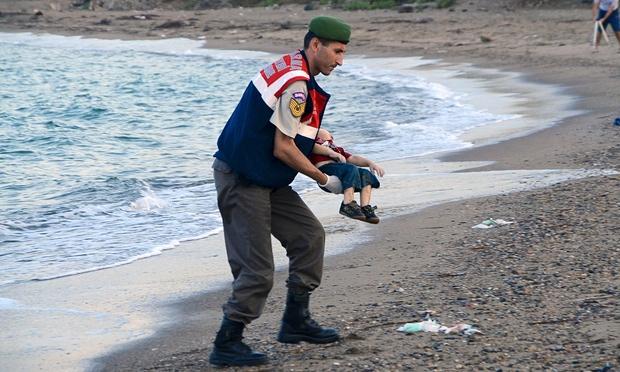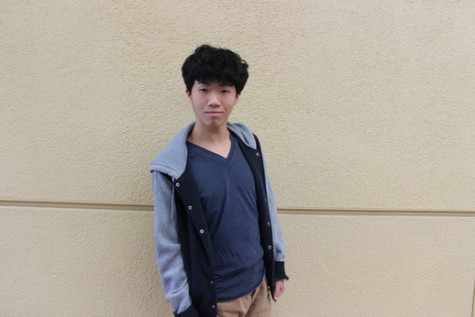A picture of a young boy wearing a red T-shirt and blue jeans, drowned on a beach, has circulated the Internet and has been ingrained into memory.
The boy, Aylan Kurdi, is one of millions of Syrian refugees fleeing a deadly civil war in their homeland. The refugees are traveling in dangerous conditions, and can only hope for the day when they can find a new home.
According to Mercy Corps, the crisis began in March 2011, when the Arab Spring started anti-government protests across the Middle East. In Syria, the government quickly began to crack down on protests, and a full-blown rebellion and civil war began.
The conflict started as a civil war between the Syrian government, led by President Assad, and rebel forces. However, in 2014, the rise of the Islamic State of Iraq and al-Sham (ISIS) in the Middle East led to more confusion in the area, as BBC reported.
According to World Vision, more than 240,000 people have been killed, including 12,000 children. Many of these children were forcibly recruited by all sides for the war.
As World Vision explained, the war has also seen the complete destruction of essential infrastructure and the elimination of any resources Syrians desperately need for survival. The economy has been shattered, and interference from the many factions fighting in Syria keeps foreign assistance from arriving.
As a result of the war, Aljazeera explained, 800,000 Syrians have fled their homeland.
According to the Guardian, the refugees first attempted to reach Hungary by arriving at the Serbian border, only to be denied by the government. Next, they attempted to appeal to the European Union, demanding access to other countries that could help them. When all else failed, they began to travel across Europe, searching for a country that could give them sanctuary. The refugees’ pleas have been met with different reactions.
According to CNN, some countries have promised to give the refugees the same basic rights of the locals. However, as the Washington Post states, other countries oppose the settlement of non-European migrants and want to accept “easily assimilable” migrants. Slovenia has taken measures to enforce its policies, such as erecting razor fences to keep the refugees out and refusing to offer supplies. This has led to events such as refugees setting fire to their own tents as a protest against having to wait one day for transport.
Carlmont history teacher Jarrod Harrison believes that the reason that some countries can take in refugees and others cannot stems from the resources of each nation.
“Some, like Germany, have the resources,” said Harrison. “Others, like Serbia and Hungary, have less money and resources.”
On Sept. 10, the US government announced that the US will take at least 10,000 Syrian refugees in 2016. However, 31 of the state governors said that they oppose letting Syrian refugees in their states due to security concerns. This particular opposition is paralleled by the sentiments of many Carlmont faculty and students who express caution against the refugees.
“It raises some questions [regarding accepting refugees into the US] because of what happened in Paris,” said Harrison. “I would say we should know what’s coming.”
The deadly Paris attacks on Nov. 13 took 130 lives, according to the Huffington Post. The New York Post stated that at least one of the terrorists from these attacks got into Europe among the wave of the Syrian refugees, and many in the US are afraid that the same can happen here.
A Carlmont senior who would rather remain anonymous has expressed similar concerns.
“I have zero tolerance for ISIS and any threats. We know [helping] refugees can be a good thing, but if any of them are actually ISIS [members in disguise], I wouldn’t tolerate them,” said the senior.
Harrison feels that turning away refugees for now was a reasonable decision for the US.
“There’s bad stuff going on, but we already have [problems in the US], and no one’s doing a thing about it,” said Harrison.






















